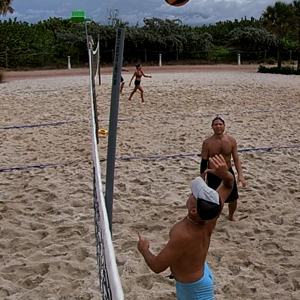I think your issues are caused by your restore. In order to fix it, remove your Exchange VM and create a new one. Follow the steps detailed in the link to docs.mirososoft.com. It looks scarier than it sounds. It should not take too long time either. But that's what I would have done as an old (next-to geriatric) Exchange admin. Good luck :-).
Now, this is by the text book. Having said this, there could be other reasons why your Exchange backup is not working.
Exchange does not support time travel. You should never restore a complete Exchange server from backup. In stead you must do a recovery installation of Exchange Server. When the server is up and running, you can restore the databases (if needed) from your backup. The steps to restore a Failed Exchange server are:
- You install a new Windows Server instance with the same characteristics as the failed server (the same server name, Windows Server version, drive letters, and performance/capacity)
- You perform a recovery install of Exchange 2016 by running setup with the /mode:recoverserver switch
- You re-apply any custom configurations that were not automatically re-applied by the recovery install
- You restore the Exchange databases if those volumes were also lost in the server failure.
For details, see Recover Exchange servers
https://learn.microsoft.com/en-us/exchange/high-availability/disaster-recovery/recover-exchange-servers?view=exchserver-2019
See also Paul Cunningham: Recovering a Failed Exchange Server 2016 Server
https://practical365.com/exchange-server/recovering-a-failed-exchange-server-2016-server/

